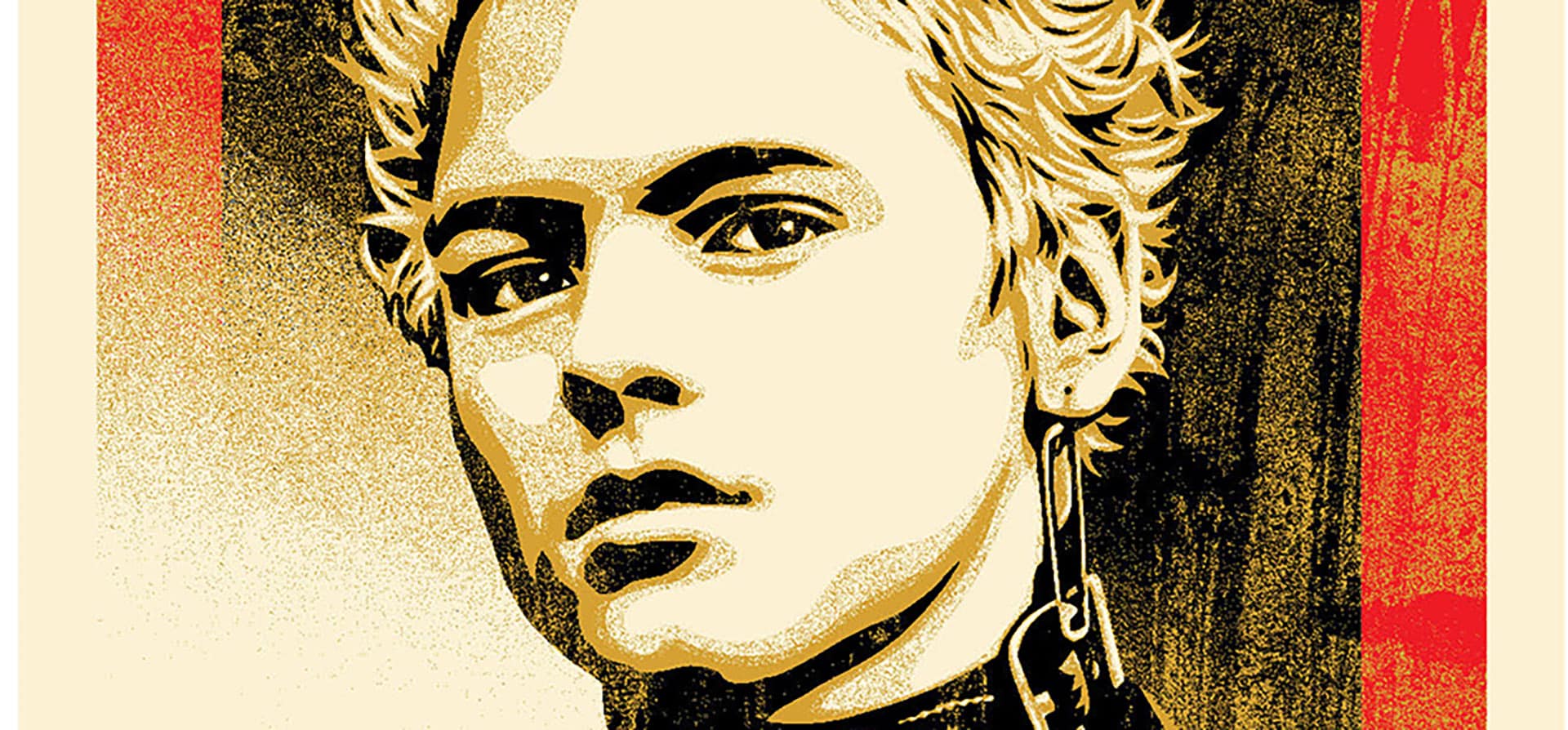Punk and graffiti reunite for an extraordinary outpouring of art as famed street artists remake Janette Beckman’s iconic photos of England’s heady punk scene for “The Mashup 2,” a limited edition series of silkscreen prints.

You’re getting blind.
Don’t miss the best of visual arts. Subscribe for $9 per month or $108 $90 per year.
Already suscribed ?



